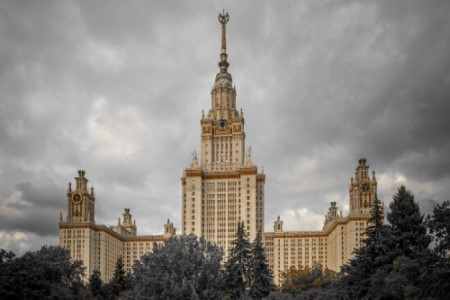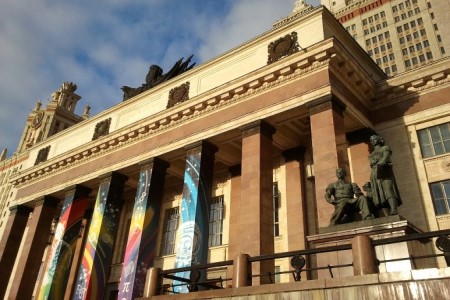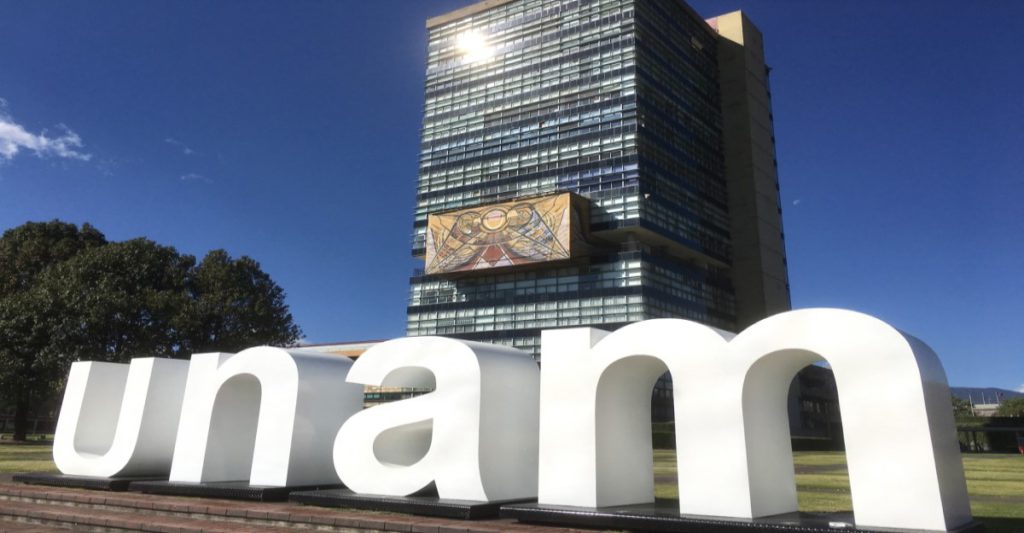In recent months, we have been receiving more and more opportunities related to schools, including webinars with the Hanoi University of Construction and the Ho Chi Minh University of Architecture, and a webinar on the utilization of closed schools.
It can be said that schools play a very important role in forming a city where people gather and breathe.
Schools are institutions that play a central role in the education system, but when we look at them from the aspect of architecture, we find that they coexist and live in harmony with the local culture, history, and customs, and that they are highly functional and artistic buildings.
In this article, we would like to introduce some of the many schools in the world that have coexisted with culture and history.
#1.M. V. Lomonosov Moscow State University, (Russia)
Founded in 1755 at the initiative of world-renowned scientist Mikhail Moronosov, the university is Russia’s oldest and largest, and one of the world’s leading scientific and academic centers. (Moronosov was a world-famous scientist who was often quoted as being a “Leonardo da Vinci” for his glass-making skills, theoretical work in physics and chemistry, astronomy, geography research, writing grammars, historical papers, ode poems, translating poetry, and developing mosaic panels.)
The main building uses an architectural style known as “Stalin architecture”. It is commonly called the “Seven Sisters” because there are seven buildings of this architectural style in Russia. (As the name implies, Joseph Stalin had them built as a symbol of his dictatorship.)The most magnificent of the Seven Sisters is the main building of Moscow State University. It is 240 meters high, has 32 floors, 40,000 rooms, and can accommodate about 6,000 people. Currently, it is mainly used as a student dormitory. The vast 230-hectare site houses 27 major buildings, including school buildings, student dormitories, parks, botanical gardens, and an observatory.


#2. Universidad Nacional Autónoma de México (Mexico)
Founded in 1551, the university was completed in 1552 after more than 60 architects and artists designed and built the campus in 1949. It is the second oldest university in the Americas and the oldest in Mexico. The main campus was registered as a UNESCO World Heritage Site in 2007. The campus, a fusion of traditional Mexican culture and modern architecture, houses not only various faculties and research institutes, but also museums, the Olympic Stadium, supermarkets, theaters, and cinemas, forming a university city. One of the most eye-catching features is the mural painting in the Biblioteca Central (Central Library). It is said to be one of the largest murals in the world, and on all four walls (north, south, east, and west) There are mosaics on the themes of “Aztec Civilization,” “Spanish Colonial Tyranny,” “Sun and Moon, Space, Science, and Politics,” and “National Autonomous University of Mexico. Paintings by Mexican architect Juan O’Gorman, who is also a muralist. If you look at this mural after knowing the background of the mural painting movement that took place in the 1920s (aimed at conveying the significance of the revolution and the Mexican identity to the people), you will be able to feel the unique Mexican artistry and the new fascination of Mexican modern architecture. A powerful three-dimensional mural entitled “From the People to the University, from the University to the People” is also painted on the wall of the Rector’s Building. (By David Alfaro Siqueiros, one of Mexico’s most famous muralists.)
Within the huge campus, there are still many facilities and spaces of high historical and cultural value, unique architecture, and other places where you can have a rich and valuable experience.


Schools play a very important role and meaning in shaping cities. By looking at schools from the aspect of “architecture,” we were able to learn that the passion of so many people, including educators, architects, and designers, has been concentrated in schools, which are still carving out a new history.
The utilization, revitalization, and symbiosis of closed schools, as I mentioned at the beginning of this report, is also about carefully protecting and inheriting the history and various thoughts that have been built up over the years, while creating ways to further utilize them in the future. In other words, to create something new is to protect the history that already exists.
◆Sources
https://www.msu.ru/en/
https://www.unam.mx/
http://whc.unesco.org/es/list/1250
https://bibliotecacentral.unam.mx/index.php/nuestro-mural
https://whc.unesco.org/en/list/1250/

